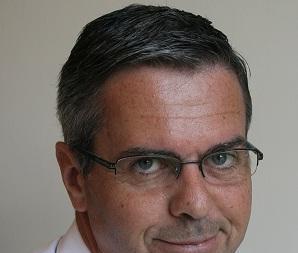Technology a double-edged sword, says firm’s global insurance boss

The ability of insurers to innovate and differentiate in will be crucial to their future success, according to PricewaterhouseCoopers’ (PwC) global insurance leader.
PwC’s David Law outlined what successful insurers will look like in the future and discussed what lies ahead and the forces re-shaping the sector at the 2012 International Insurance Society Seminar in Rio de Janeiro today.
Law said: “The ability to innovate and differentiate over the next few years is going to be critical. Some slower moving firms are going to come under threat. However, there are also huge opportunities.In future, insurers can control risks more effectively, and provide protection for policyholders in a way that no previous generation has been able to match.
“There is plenty of evidence to show that insurers do not like change. However PwC’s latest annual global CEO survey has revealed that insurers rank just behind technology, communications and entertainment in their readiness to embrace business model innovation. These are not the sectors that are usually mentioned in the same breath as insurance, so this is encouraging.”
Law said the financial crisis had resulted in reduced investment returns and dented public trust, and had changed customers’ appetite for risk.
He said that while technology could prove to be a big threat, it also offered the most potential for competitive differentiation.
“Advances in analytics and processing power will allow agile businesses to offer more responsive policies at lower cost and with better risk control,” he said. “This will create openings for new entrants and unwieldy legacy systems employed by many established insurers may struggle to keep pace.
“The most far-reaching development is the acceleration of trade between the emerging markets of South America, Asia, Africa and the Middle East (SAAAME). A lot of business operating in SAAAME markets are focusing on how quickly they can bring in new customers and the risks of simply focusing on top line growth are already emerging.
“On the life side, risks include the potential for asset bubbles and mis-selling. On the non-life and reinsurance side, most firms have yet to get to grips with the changing risk and liability profile created by phenomenal economic growth in the region. While growth is the key priority for many businesses operating in SAAAME, the quality of underwriting and sustainability of growth could prove to be the key long-term differentiators here.”
He continued: “The successful insurer of the future is going to depend on the speed of decision making and the ability to bring technology and distribution together to give customers what they want, when and how they want it. They must also be able to clearly and convincingly communicate value.”
Hosted by comedian and actor Tom Allen, 34 Gold, 23 Silver and 22 Bronze awards were handed out across an amazing 34 categories recognising brilliance and innovation right across the breadth of UK general insurance.













































No comments yet